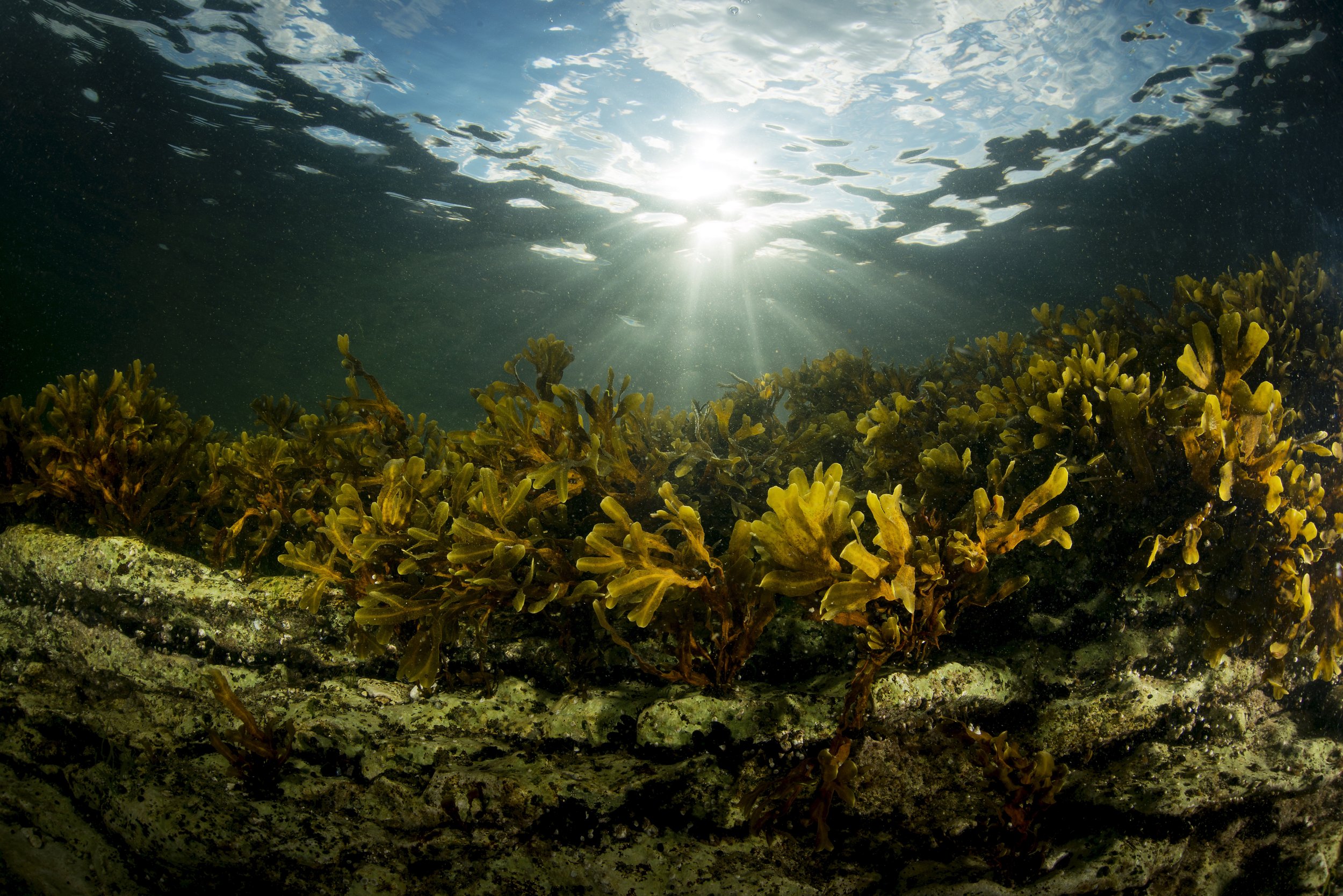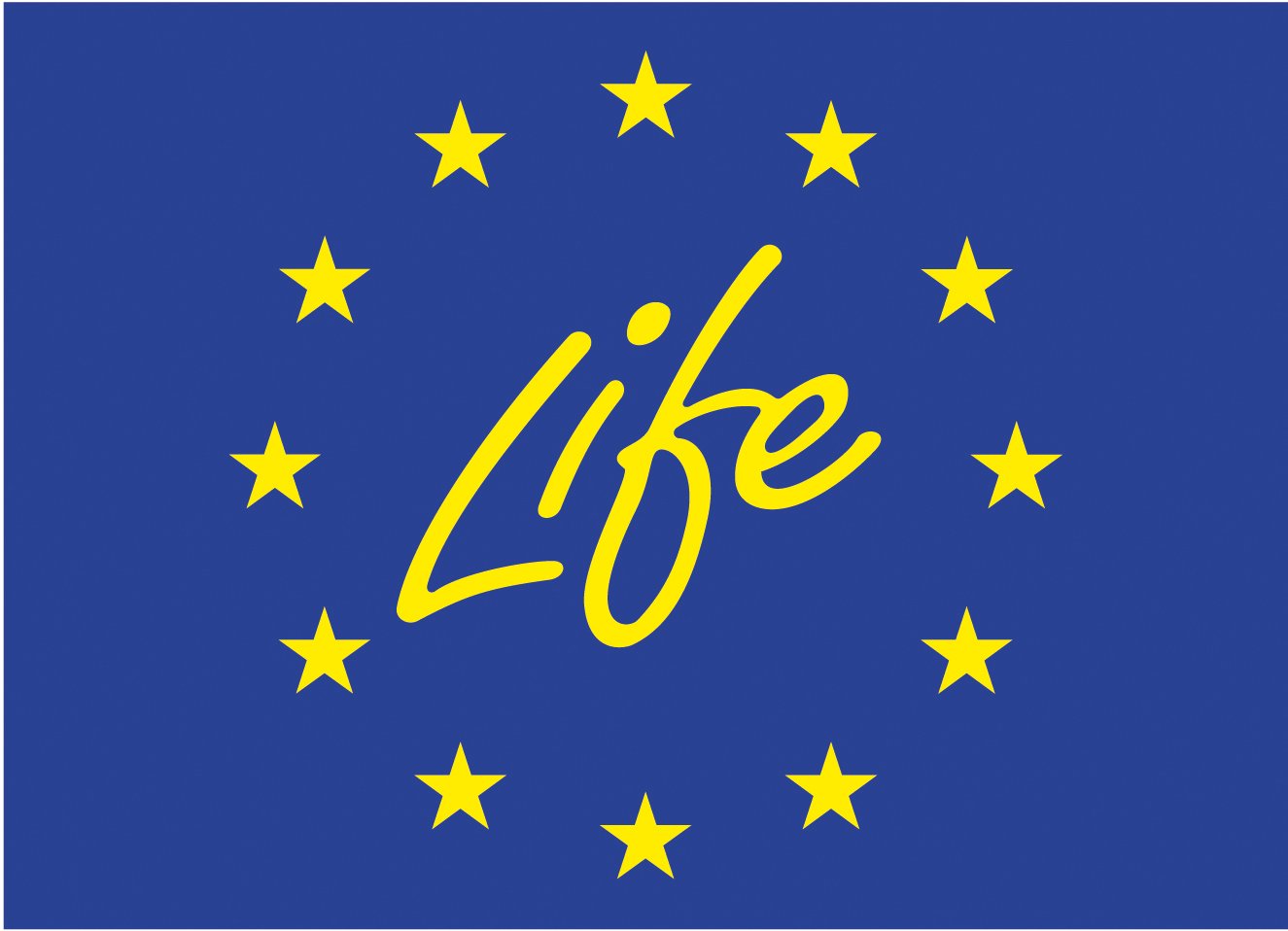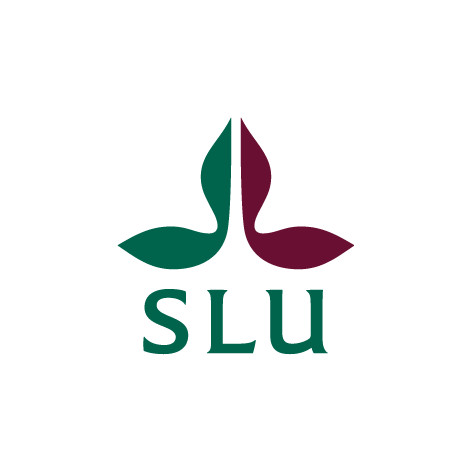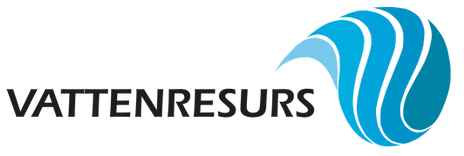Reducing internal load in coastal waters using minerals
Contributing to research and accelerating solutions to bind phosphorus in the sediment.
The biggest problem in the Baltic Sea is the inflow of too many nutrients into the water, the nutrient of greatest concern right now is the excess of phosphorus. This nutrient creates too much vegetation, which in turn consumes oxygen during the decomposition process. This eventually leads to dead bottoms.
So far, actions have mainly focused on reducing the inflow of phosphorus, but as this inflow is reduced, it also becomes more relevant to reduce the amount of phosphorus that is already available in the water.
There are several ways to reduce this excess. One of these is to add calcium, iron, or aluminium – substances that naturally bind to phosphorus. Adding these substances helps the natural sedimentation of phosphorus to the bottom and thus "neutralises" the free-flowing phosphorus.
Today, there is a gentle and cost-effective treatment for this which has been used in lakes around the world. The treatment also generates a significantly better water quality within just a few days which is important to increase the commitment to the continued work for a healthier sea.
The Restoration project aims to learn more about if and how the treatment works in coastal environments. Therefore, we contribute to the Integrated LIFE-project Rich Waters with a research component. The researchers will follow areas in order to:
- Quantify the internal load and to show the ratio between internal and external load.
- Measure how large the external load can be to allow a long-term effect of remedial measures such as this treatment.
- Investigate how the water exchange in the coastal bays affects the long-term effect of such a remedial measure.
These findings will play a crucial part in gaining a better understanding of internal load and parameters affecting remedial measures. It will also play a part for municipalities in their choice of measures for reaching the Water Framework Directive by 2027.
The project collaborates with researchers, municipalities, authorities, and companies to increase knowledge about how internal load can best be reduced in different types of aquatic environments. And to treat these areas so the internal load can be reduced and/or removed completely.
White Paper – A decision-making tool for measures against internal loading of phosphorus in lakes and in the coastal waters of the Baltic Sea
The decision tool is designed so it can be be used by water authorities, county boards, municipalities, water organizations, and other actors to determine in which cases internal loading should be remedied and, if so, how. Download the White Paper here.
Inspirational day for measures against eutrophication in the Baltic Sea
On September 13th Race For The Baltic organised an inspirational day in Uppsala, for people who work with water issues to discuss the state of the Baltic Sea, eutrophication, internal load, and how to move forward to reach the EU Water Directive in 2027. Presentations from the event can be found here.
The project adresses SDG 6 (clean water), SDG 14 (life below water) and SDG 17 (partnership for the goals).









